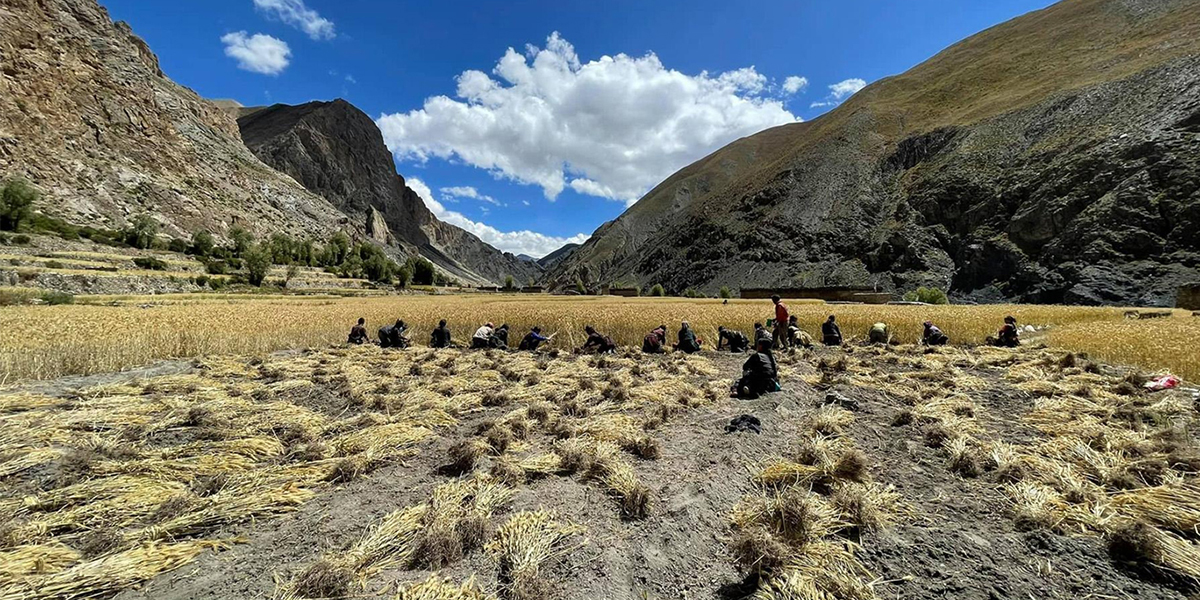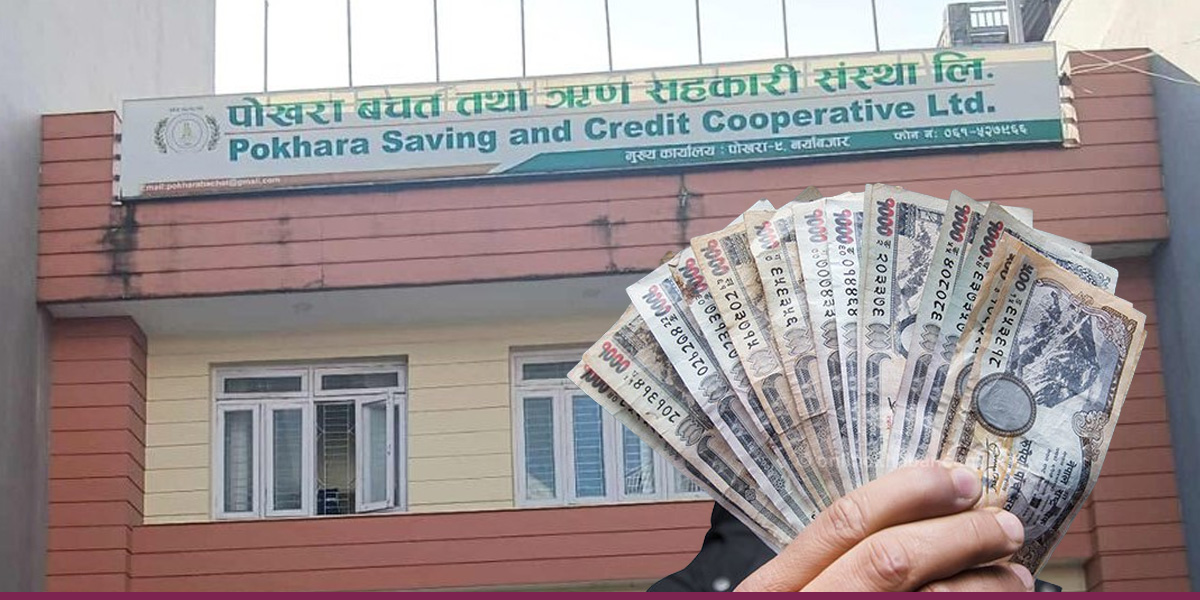 Farmers in Dolpa harvesting naked barley, locally know as uwa, in this undated photo. Photo: RSS
Farmers in Dolpa harvesting naked barley, locally know as uwa, in this undated photo. Photo: RSS
KATHMANDU: The government has launched a program to protect and promote indigenous crops with the slogan ‘let’s take pride in indigenous food’ in the budget for the fiscal year 2023/24. The government aims to establish a distinct brand identity for Marsi paddy of Jumla, ginger of Salyan and Palpa, coffee of Gulmi, and potato of Mustang, among others, and assist farmers in marketing these agro products.
Moreover, the government plans to procure indigenous food grains such as Marsi paddy, kaguno (foxtail millet), millet, buckwheat, barley, different varieties of beans, and latte (amaranth) from various places, including Karnali Province, through Nepal Food and Trading Company Ltd. While the plan looks promising on paper, its implementation remains doubtful.
Deputy Professor at the University of Agriculture and Forestry, Kapil Khanal, expressed concern that although the government has devised a plan for the protection and promotion of indigenous crops, it has not taken appropriate action or measures. “Programs to promote indigenous crops are introduced every year, but they remain unimplemented. Neither the government nor the farmers have realized the importance of indigenous crops,” he added.
According to Khanal, indigenous crops are on the verge of extinction due to the indifference of all stakeholders. “Indigenous crops hold significance given Nepal’s difficult topography and their nutritional values,” he added.
Experts warn that indigenous crops are disappearing due to the increasing preference for improved and hybrid varieties that offer higher yields. The lack of attention to indigenous crops is resulting in their cultivation in only small areas in certain parts of the country. For instance, millet, buckwheat, quinoa (chino), foxtail millet (kaguno), naked barley, ghaiya (upland paddy), barley, amaranth (latte), tartary buckwheat (tite phapar), and black soybean are planted in certain areas only that too in small scales.
Data from the Ministry of Agriculture Development reveals that indigenous crops were cultivated on approximately 350,000 hectares last year, marking a 7% decline compared to the previous year. Indigenous varieties account for only around 10% of paddy, 5% of wheat, 15% of maize, and 15% of vegetables planted in Nepal.
The Food and Agricultural Organization of the United Nations has reported that over 75% of indigenous crops went extinct in the 20th century. Conservative estimates suggest that around 50% of indigenous crops in Nepal have already become extinct. “We haven’t conducted any studies on this, but looking at farming patterns across the country, half of our indigenous crops have already gone extinct,” said Khanal.
Dr Shanta Karki, deputy director of the Agricultural Productivity Division under the Department of Agriculture, said farmers are showing an increasing preference toward improved and hybrid varieties that provide better yields even in small areas. “Although the desire to increase productivity can be seen as natural, we should protect our indigenous crops,” she said. “We have been working to promote indigenous crops.”
According to Karki, indigenous crops are suitable for Nepal in all respects, including climate and geography. Indigenous crops are resistant to various diseases, pests, and adverse weather conditions. According to Karki, these crops have the characteristics of being able to withstand drought as well as excessive rain. Furthermore, indigenous crops are also considered important for food and nutrition security.
Due to the weak competitiveness of our agriculture, the increasing impact of climate change, and decreasing arable land, agricultural production and food security are being negatively affected. Due to the lack of both production and marketing, there are frequent reports of food shortages in Humla, Dolpa, Mugu, and other districts.
Khanal said indigenous crops are the solution to such problems. “Commercial cultivation of potatoes, beans, buckwheat, barley, upland paddy, etc., can be done in high Himalayan areas. Farmers can sell them in the market and procure paddy, maize, and other grains for their consumption,” Khanal suggested. “The government should implement policies for planting indigenous crops from the lowlands of Tarai to the high Himalayan areas that suit the climate and geography.
Proper production and marketing of indigenous crops can put an end to the food crisis, he added.














